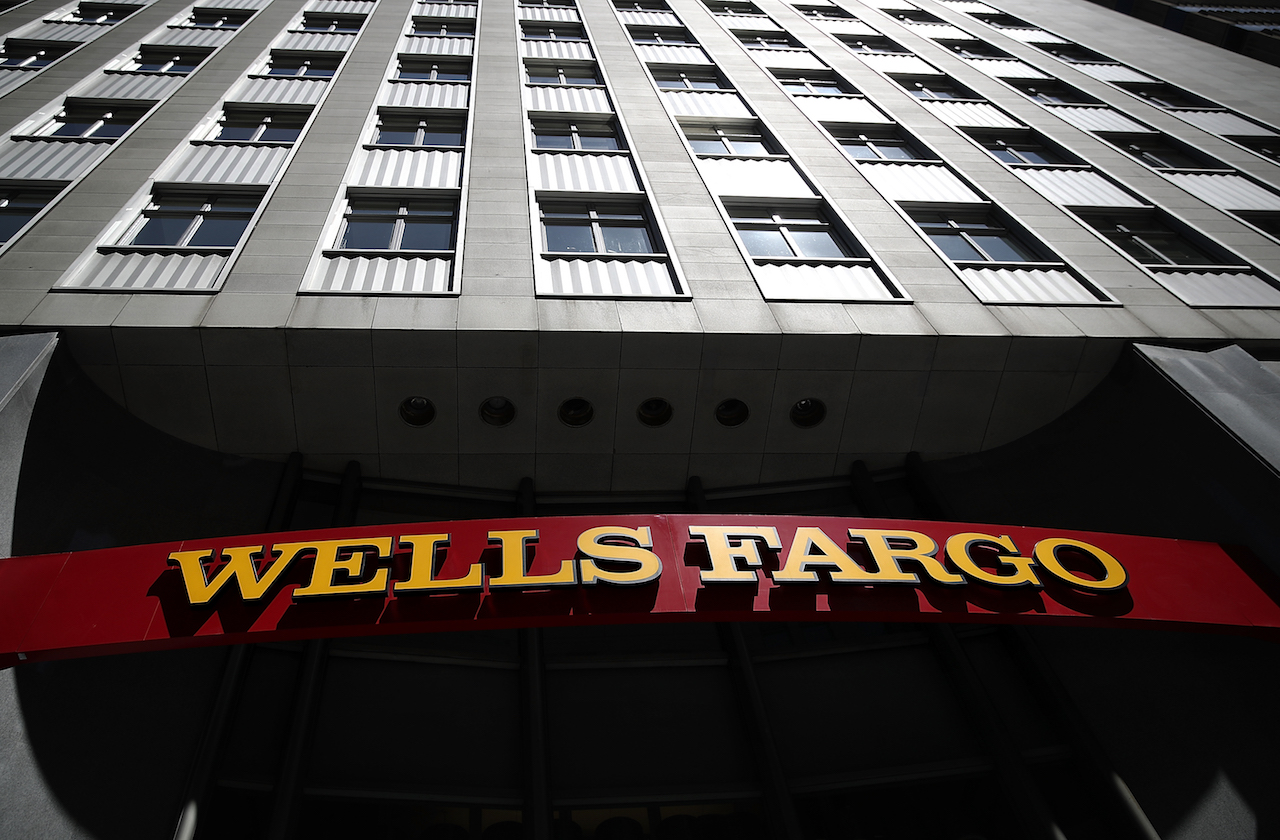3 Strategies for Collecting High Dividends
Take advantage of the 15% tax rate on dividends, and take comfort in the promised payout during these uncertain economic times.

The agreement between President Obama and congressional Republicans to extend the maximum 15% tax rate on dividends is a crowd-pleaser that also makes great sense. Whatever opinion you hold about the full menu of tax cuts, which still need to be approved by Congress, you should be happy with the preservation of a preferential tax rate on dividends. It benefits you whether you own $10,000 worth of stocks or $10 million worth.
This has nothing to do with politics or ideology. My plaudits stem from a combination of today’s heightened level of stock-market volatility and unpredictability, the billions of dollars building on corporate balance sheets, and the limited alternatives for robust investment income. Dividends become even more comforting when you throw in the likelihood of rising interest rates, which will cut bond prices (bonds normally lose value when rates rise, but stocks can withstand a modest jump in yields if the increase is the result of an improving economy).
About 80 companies have introduced cash dividends since the 15% tax rate became law in 2003. Many studies of the dividend tax cut credit it with real benefits for investors. One of the freshest, issued by researchers at the Federal Reserve Board in April 2010, concludes that dividends are 20% higher than they would have been had the tax rate not been cut.

Sign up for Kiplinger’s Free E-Newsletters
Profit and prosper with the best of expert advice on investing, taxes, retirement, personal finance and more - straight to your e-mail.
Profit and prosper with the best of expert advice - straight to your e-mail.
True, dividends don’t prevent a stock from sliding during market massacres. But when a company pays out cash, you know it has the money, in contrast with a company, such as Enron, that fakes earnings, a bank that disguises bad loans, or a technology company whose products are fast becoming obsolete.
Currently, investors can’t seem to get enough of stocks that pay lush dividends. The Dogs of the Dow, the ten members of the Dow Jones industrial average that began the year with the fattest yields (the annual dividend payment divided by the stock price), is once again a winning strategy. Year-to-date through December 6, the Dogs provided an average total return of 17.0%, compared with 11.8% for the overall Dow (Standard & Poor’s 500-stock index returned 11.8% through December 6).
Then there are the Saint Bernards of the S&P -- the stocks in the S&P 500 (excluding real estate investment trusts, which by law must pay high dividends) that yield more than the broad market’s historical average of 4.4% over the past 130 years. Of those 44, ten, including four of the top six yielders in the entire 500, are ten percentage points or more ahead of the overall index’s 2010 gain. Most of the laggards are electric-utility stocks, which have mostly been dreadful since 2007 but began to perk up starting in mid 2010.
I know how easy it is to twist statistics. And a whopper of a yield on a common stock is often a warning that the dividend is not sustainable. That happened a few years ago when General Motors (the old one) and Ford (symbol F) had to trim their payouts. World Wrestling Entertainment (WWE), which at the December 6 close of $14.00 yields 10.3%, looks ripe for a payout reduction because its cash flow doesn’t come close to covering the $20 million quarterly dividend and its cash reserves are dwindling rapidly.
Here are some strategies for corralling high dividends:
Add a dividend-oriented mutual fund or exchange-traded fund to your portfolio. Two ETFs to consider are iShares Dow Jones Select Dividend (DVY) and SPDR S&P Dividend (SDY). DVY currently yields 3.5%; SDY, 3.3%. The holdings don’t overlap as much as you would expect, so it’s okay to own both.
With regard to the Saint Bernards, your best bet is to hold a few individual stocks. CenturyLink (CLT); $43.81; 6.6% yield), a telephone company, and Altria (MO; $24.05; 5.9% yield), basically the old Philip Morris’s domestic tobacco operations, offer high dividends and generate enough cash to cover the payouts. Many utility stocks are selling at depressed prices and therefore offer better yields than they’ve sported in several years. Exelon (EXC; $39.78; 5.3% yield) and Southern Company (SO; $38.08; 4.8% yield) are two worthwhile choices.
Finally, if you have patience and guts, you could invest in some banks, which used to be dividend champs. Many, however, slashed or eliminated their distributions during the financial crisis. Now, some banks have recovered to the point where regulators will once again let them institute or increase their payouts. Consider such survivors as BB&T (BBT; $24.55; 2.4% yield), PNC (PNC; $57.31; 0.7% yield) and Wells Fargo (WFC; $28.74; 0.7% yield). Those figures are puny now, but the yields will rise as the banks boost their dividends.
Get Kiplinger Today newsletter — free
Profit and prosper with the best of Kiplinger's advice on investing, taxes, retirement, personal finance and much more. Delivered daily. Enter your email in the box and click Sign Me Up.

-
 Stock Market Today: Stocks Gain on Tech, Auto Tariff Talk
Stock Market Today: Stocks Gain on Tech, Auto Tariff TalkThe Trump administration said late Friday that it will temporarily halt tariffs on some Chinese tech imports.
By Karee Venema
-
 Sam's Club Plans Aggressive Expansion: Discover Its New Locations
Sam's Club Plans Aggressive Expansion: Discover Its New LocationsSam's Club expansion plans will open up to 15 new stores each year. Learn where they plan to open in 2025.
By Sean Jackson
-
 Stock Market Today: Uncertainty Proliferates: Dow Loses 1,014 Points
Stock Market Today: Uncertainty Proliferates: Dow Loses 1,014 PointsWeaker-than-expected consumer inflation data wasn't enough to stabilize sentiment during another volatile day for financial markets.
By David Dittman
-
 Stock Market Today: Dow Rises 854 Points From Its Intraday Low
Stock Market Today: Dow Rises 854 Points From Its Intraday LowIf there's one thing markets hate, it's uncertainty. But uncertainty is all they're getting these days.
By David Dittman
-
 Stock Market Today: Markets Celebrate Trump's Tariff Détente
Stock Market Today: Markets Celebrate Trump's Tariff DétenteConsumer discretionary stocks led 10 of the 11 S&P 500 sector groups well into the green.
By David Dittman
-
 Stock Market Today: Dow Pops 703 Points on Cooler Inflation
Stock Market Today: Dow Pops 703 Points on Cooler InflationA benign reading from the Consumer Price Index report assuaged market fears about the path of borrowing costs.
By Dan Burrows
-
 Why Wells Fargo's Revenue Miss Isn't Worrying Wall Street
Why Wells Fargo's Revenue Miss Isn't Worrying Wall StreetWells Fargo is one of the best S&P 500 stocks Wednesday even after the big bank's top-line miss. Here's what you need to know.
By Joey Solitro
-
 Stock Market Today: Stocks Are Mixed Ahead of CPI
Stock Market Today: Stocks Are Mixed Ahead of CPICool wholesale inflation numbers provide only slight relief before Wednesday's release of December Consumer Price Index data.
By David Dittman
-
 Stock Market Today: Stocks at Record Highs as Earnings Season Ramps Up
Stock Market Today: Stocks at Record Highs as Earnings Season Ramps UpMarkets continued where they left off last week amid rising optimism over corporate profits.
By Dan Burrows
-

 Stock Market Today: Tech Leads Stocks to Broad-Based Gains
Stock Market Today: Tech Leads Stocks to Broad-Based GainsRisk appetite came back with a vengeance as oil and bonds took a breather.
By Dan Burrows